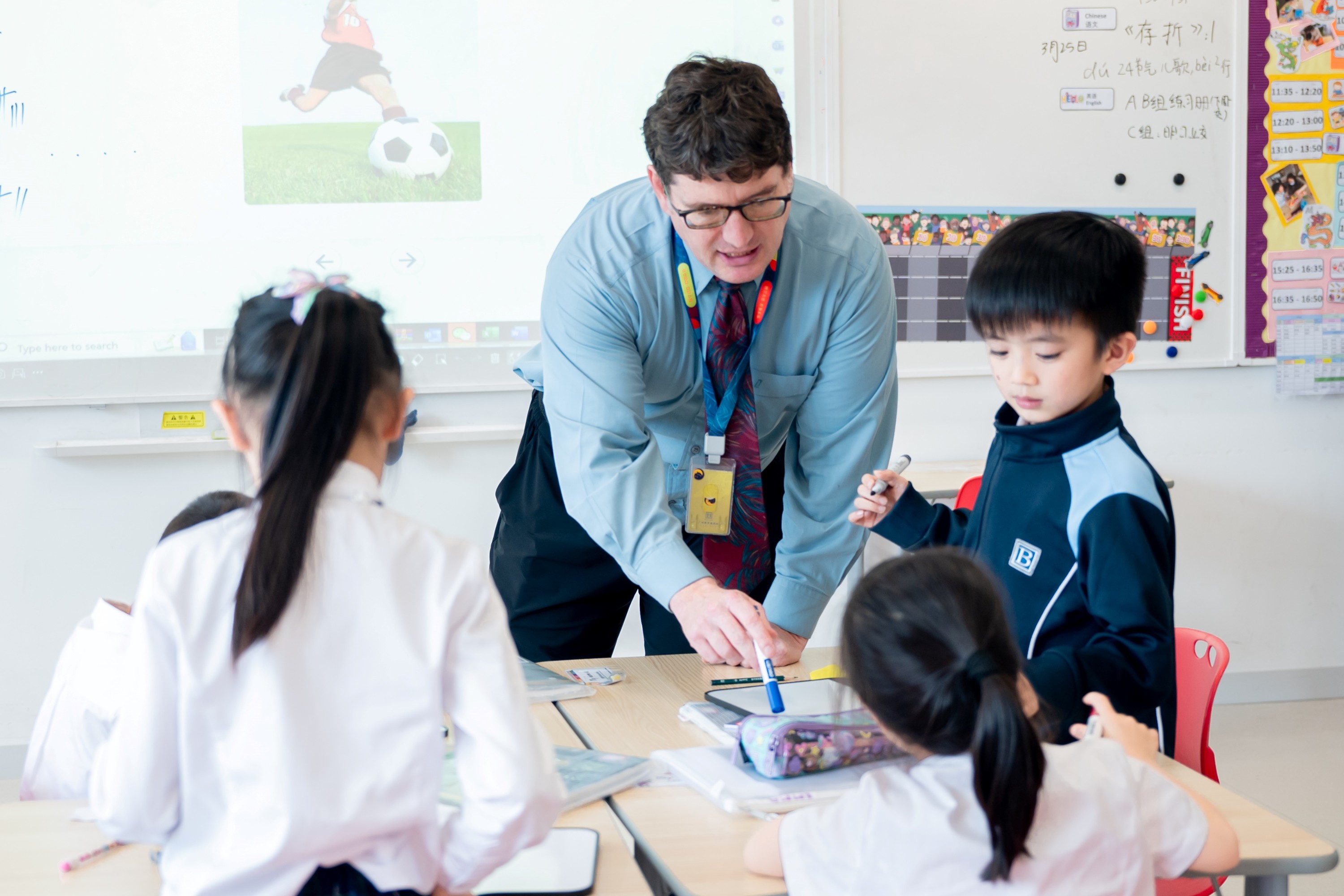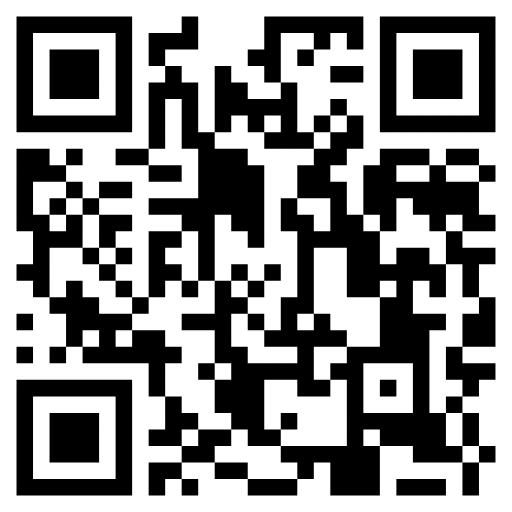A Class with My Toys?
29 Mar 2024
“It’s a KITE!”
“He is RIDING a bike!”
With many raised hands, students were eager to answer questions in matching vocabulary with images, they were almost jumping out of their chairs!
What's going on? Why are there so many "toys" in the classroom?


This is a peek into Mr Williams' Grade 1 English class this week. Vocabulary is the foundation of English learning. But how to make it fun and efficient? Let's find out in this engaging lesson with Grade 1 students.
Creating Context for Vocabulary Acquisition
Vocabulary acquisition is a crucial aspect of learning English at BBSG, and it is taught in alignment with the theme of the unit. For example, in the Grade 1 unit 'My Toys', students learn vocabulary related to toys.
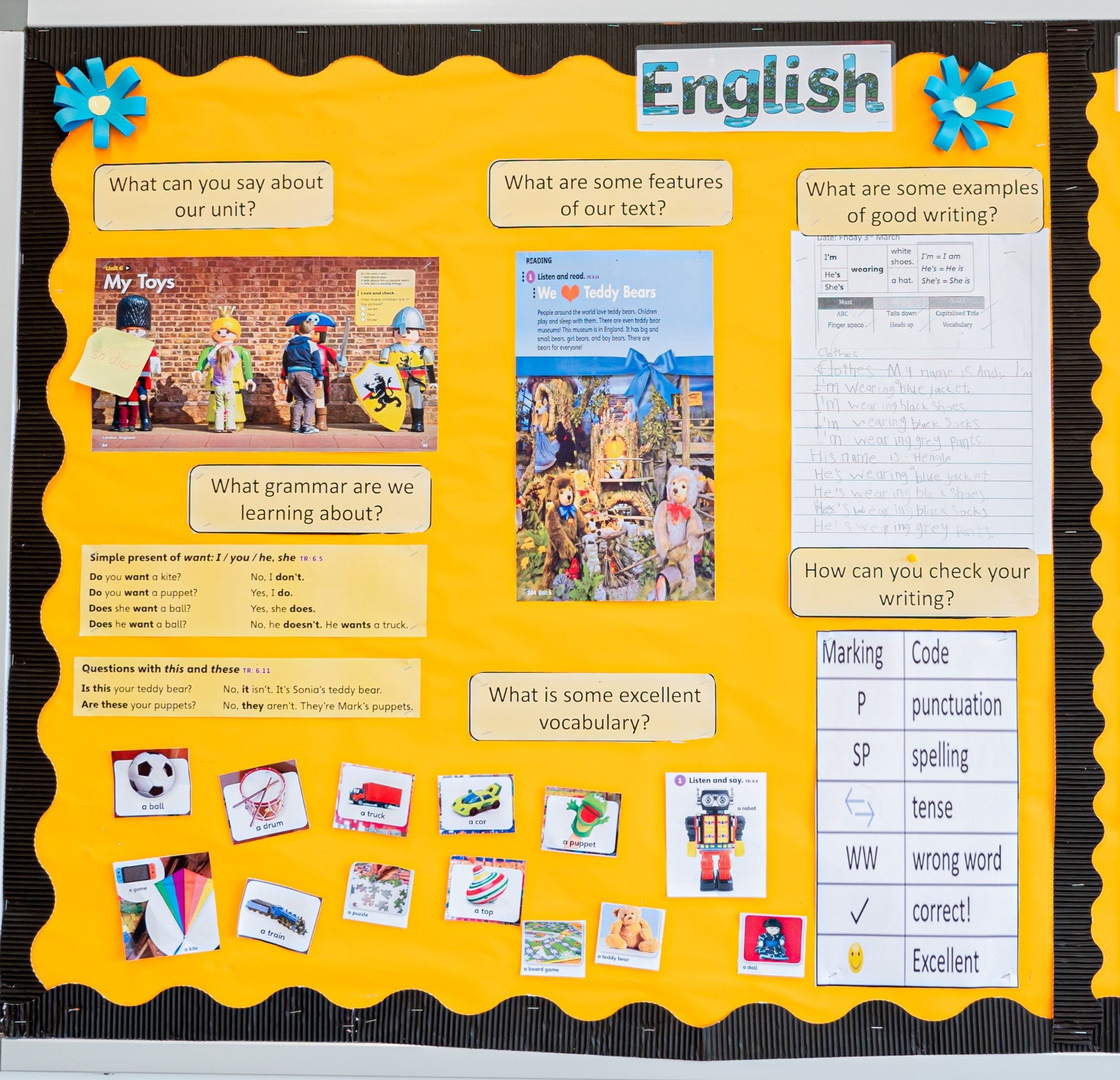
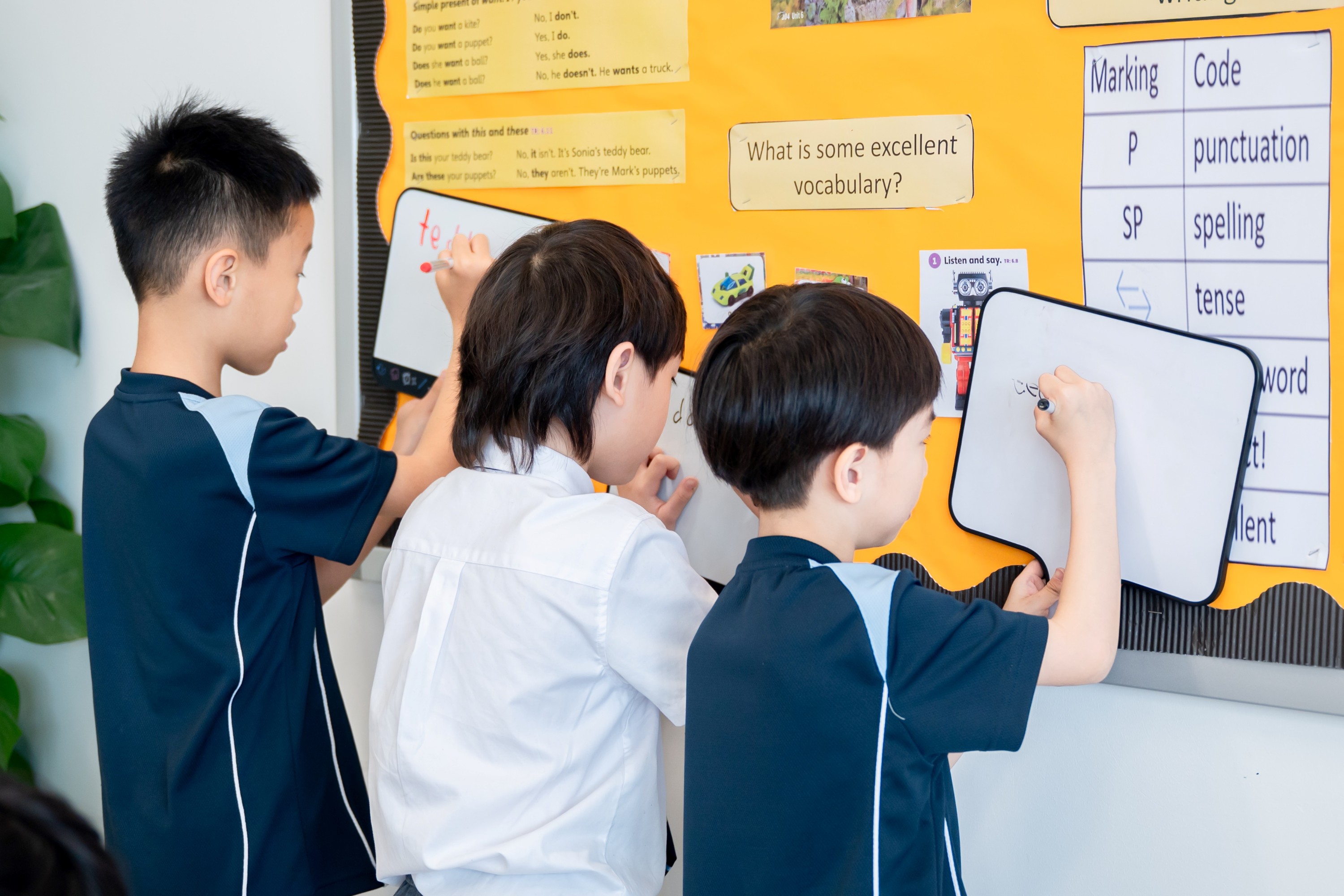
Students were exposed to vocabulary and objects related to the theme, for example, Teddy bear, kite, ball etc. strengthening their absorption, understanding and memory of the content.
Different Approaches to Comprehend Vocabulary
To facilitate vocabulary learning, we employ a method that involves associating words with corresponding images, creating the necessary connection between visuals and vocabulary to enhance comprehension in an active setting.
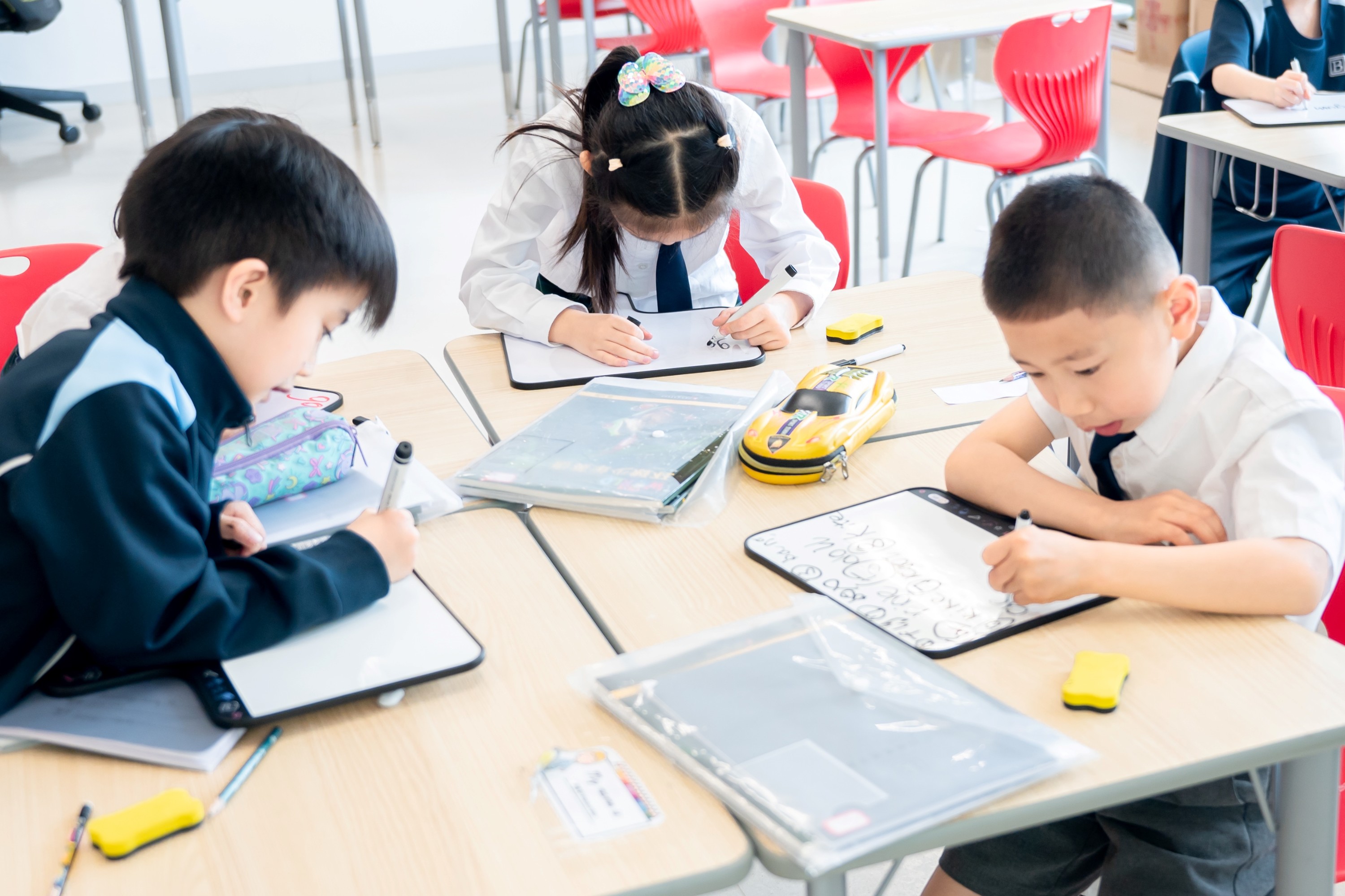
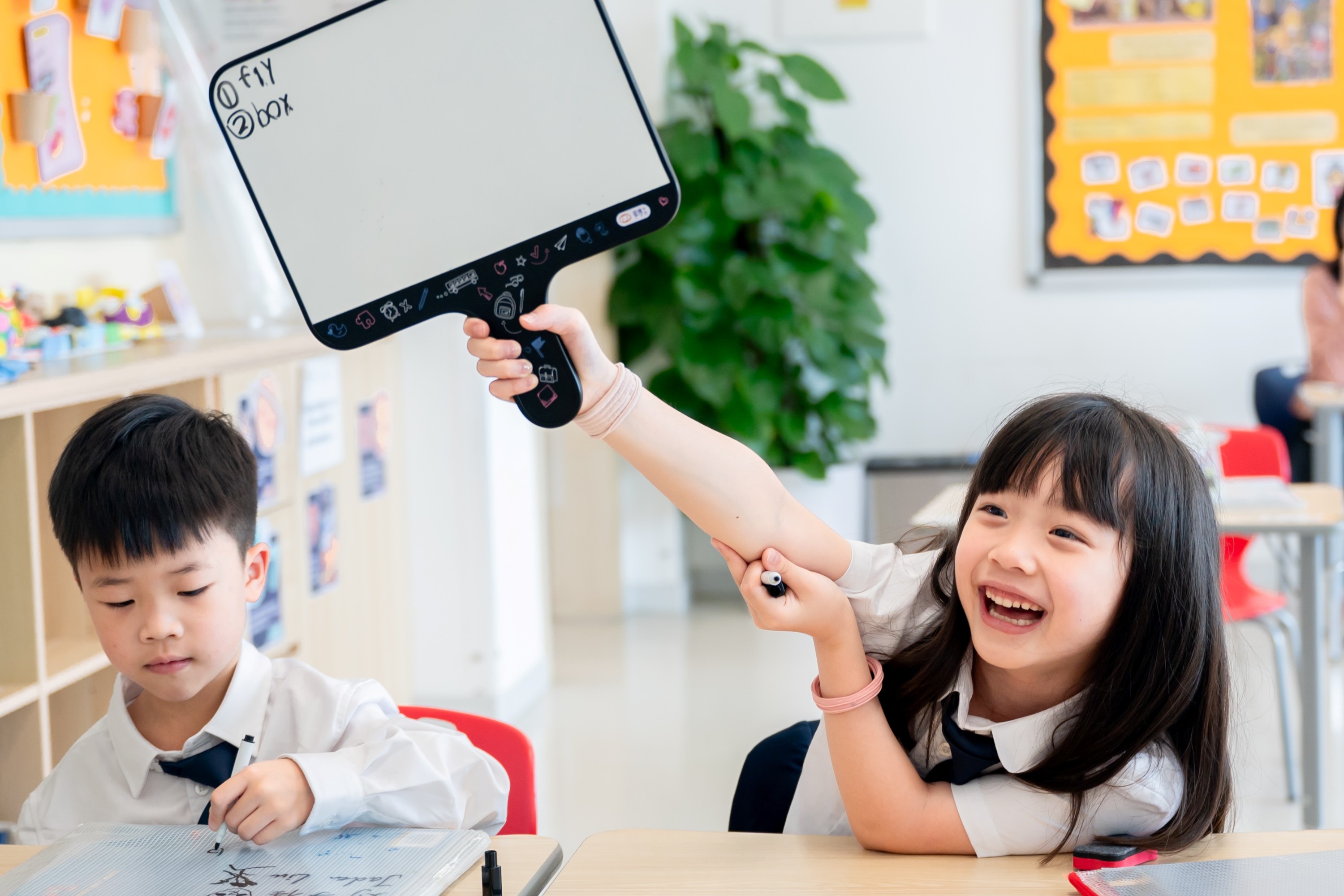
After a few rounds of practice, students also practised dissecting and combining the sounds, and then writing the words on mini whiteboards. Once students identified the new vocabulary, they then practised incorporating it into sentences. Starting with basic sentence structures such as "It is a toy train," students quickly expanded their understanding to questions like, "What is it?" and "Is it a _____?" Some students even responded using vocabulary they had previously learned, such as saying, "It is a round ball."

With consistent and continuous vocabulary learning, the Junior Secondary School Students will be forming a solid foundation of English learning in Senior Secondary School.
Beyond Vocabulary Learning
At BBSG, we embed holistic development in every lesson and every activity.
By encouraging students to share their ideas with their classmates, we promote inclusivity and create a dynamic classroom.
By encouraging confident students also act as teachers, we build their confidence and foster more English communication opportunities.
By working as a group to check each other's sentences, they know how to learn from each other collaboratively.
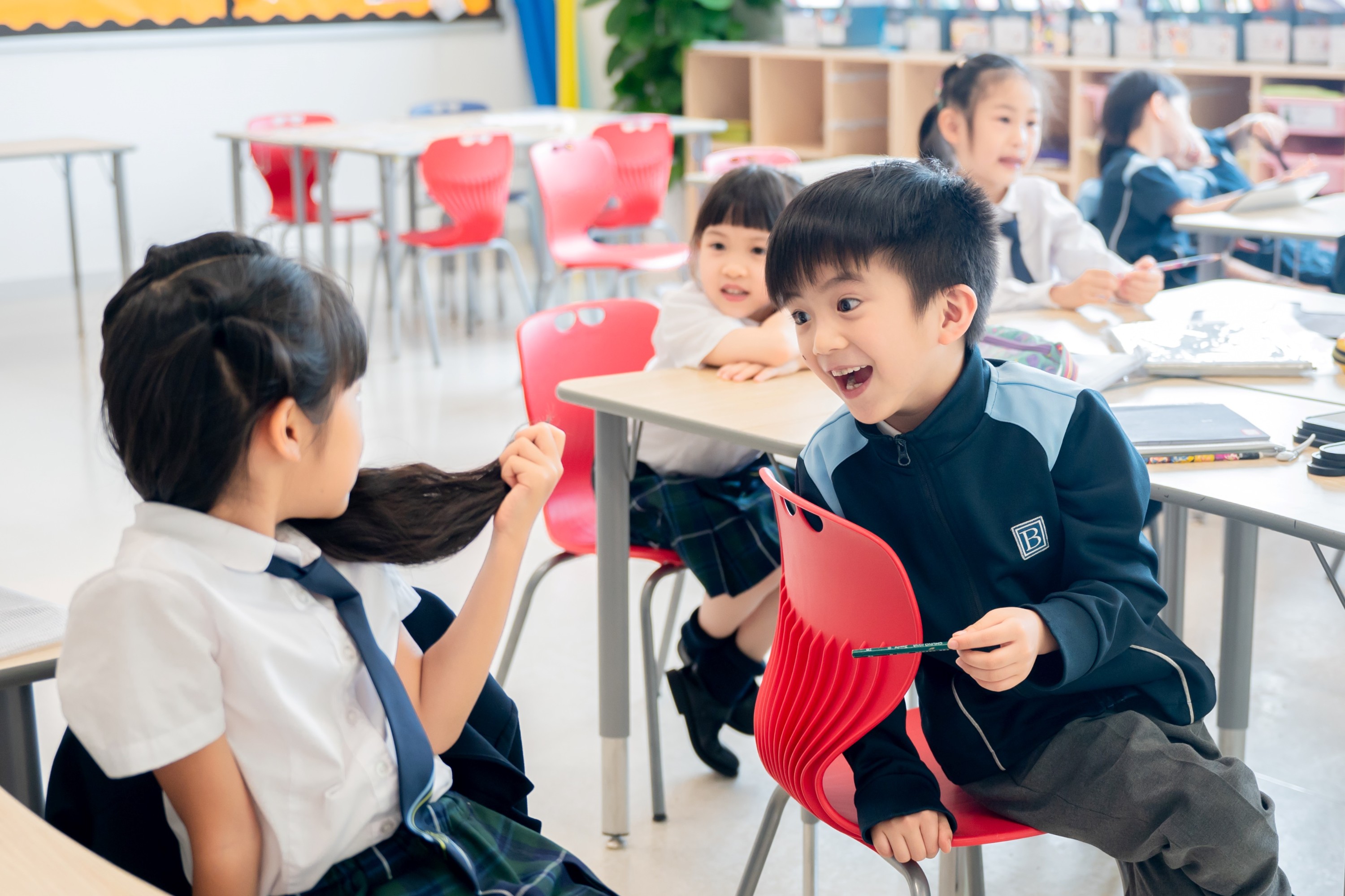
Ultimately, it is essential for students to independently utilise the newly acquired vocabulary and demonstrate that the vocabulary has become ingrained in their English language repertoire. To achieve this, students will continue to employ the new vocabulary in a real life experience at home as well.
